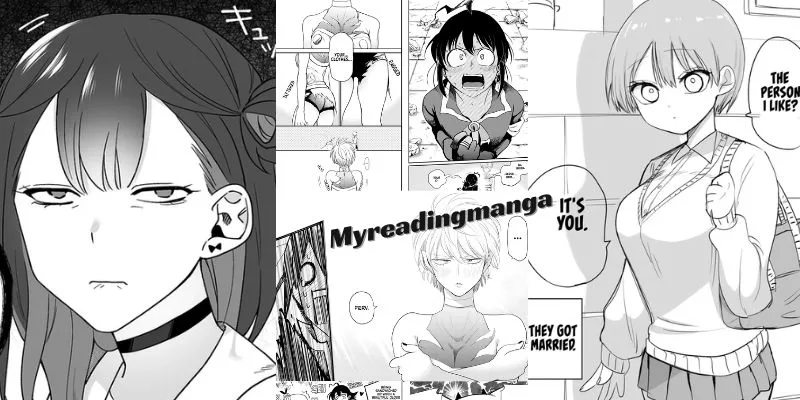Tips for Understanding the Flower of Veneration Chapter 1

Gaining a strong comprehension of Chapter 1 is critical for understanding the deeper meaning and overarching themes within The Flower of Veneration. This opening chapter introduces many of the core symbols and ideas that will be further developed throughout the book. Putting in the effort to analyze and reflect on Chapter 1 will enrich your interpretation of the text as a whole.
The complex symbolism establishes much of the groundwork for the rest of the narrative. Chapter 1 also reveals the solemn tone and atmosphere that defines The Flower of Veneration while hinting at the themes of devotion, loss, and redemption that run through the entire work. Understanding these elements in the beginning chapter enables readers to fully appreciate the intricate storytelling woven through the rest of the novel.
Overview of the Flower of Veneration Chapter 1
Chapter 1 follows the nun Sister Elena as she goes about her morning rituals before being called for a special meeting with the Mother Superior. We are introduced to Saint Asteria’s convent, the order to which Sister Elena belongs, including insights into the daily spiritual routines of its nuns.
References to flowers, especially white lilies, as symbols of chastity and purity abound in descriptions of the chapel, altar, and nuns themselves. The white lilies also foreshadow later events in the story. The arrival of a messenger bird with an ominous warning sets an expectant tone, hinting that Sister Elena may soon face grave danger or temptation in her resolve.
Tips for Analyzing the Symbolism and Themes
Recognizing key symbols like the white lilies and dove messenger are important, as this reveals how objects take on representational meanings related to the convent, faith, and the virtues of sisterhood. Examining how these symbols contrast with darker, more complex symbols introduced later on can provide deeper insight.
Consider the significance of the convent garden being depicted as immaculate yet confined. Analyze what this says about Saint Asteria’s isolating ways. Also reflect on how the nuns’ daily rituals and prayers are described—what might this devotion signify about their character or hidden desires? Examining these details puts the themes of the divine and earthly planes into perspective early on.
Read: Exploring the Twists and Turns of Cat in the Chrysalis Spoiler
Deepening Understanding through Close Reading
Very close analysis and annotation of Chapter 1’s text can uncover subtle clues about characters’ states of mind and elucidate why the author chose to introduce certain symbols and themes in a particular way.
For example, re-reading the scene describing the messenger bird’s arrival multiple times and taking precise notes may shed light on the deeper meaning of this foreboding omen. Paying attention to the vivid detail used to describe the lilies during Sister Elena’s chapel prayers could reveal how she feels about her vows in ways that the plot alone does not make explicit. A meticulous close read often brings these poignant layers of text alive.
Conclusion
Chapter 1 of The Flower of Veneration holds rich opportunities for unlocking greater meaning about the story’s raised stakes and themes if analyzed thoughtfully. While at first read it may seem merely an introductory setup to Sister Elena’s journey, upon deeper inspection the vivid use of symbolism within the chapter foreshadows the coming clashes between desire and duty, spirit and flesh that will play out through later chapters. Gaining clarity on Chapter 1’s intricate details thus allows for a more masterful interpretation of the full novel.
FAQs
Here are some frequently asked questions about analyzing and understanding Chapter 1 of The Flower of Veneration:
Q: Why is Chapter 1 important to understand for the rest of the book?
A: Chapter 1 introduces key symbols, characters, themes, and plot points that set up the rest of the novel. Getting clarity on these literary devices in the beginning provides crucial context.
Q: What are some of the main symbols I should look for in Chapter 1?
A: Some key symbols to analyze are the white lilies (purity), the convent garden (isolation), the messenger bird (foreboding), and the altar candles (devotion). Paying attention to the author’s vivid descriptive details about these symbols offers deeper insight.
Q: What themes are most relevant in Chapter 1?
A: Core themes in Chapter 1 include devotion vs earthly desires, isolation vs community, purity vs temptation. These themes arise through symbolism and reinforce the central conflict Sister Elena will face.
Q: How can close reading reveal hidden meanings in Chapter 1?
A: Meticulous close reading, where you analyze diction, syntax, imagery, and other literary devices in detail on a paragraph level, can uncover subtle complexities about characters and symbols that plot-based reading may miss. Annotations are helpful.
Q: Should I take notes as I read Chapter 1 closely?
A: Yes, taking organized notes as you closely analyze Chapter 1 is highly recommended. Writing down lines that resonate, interpreting meanings of symbols, analyzing how diction reveals feelings – all provide material to enrich discussion and understanding.





